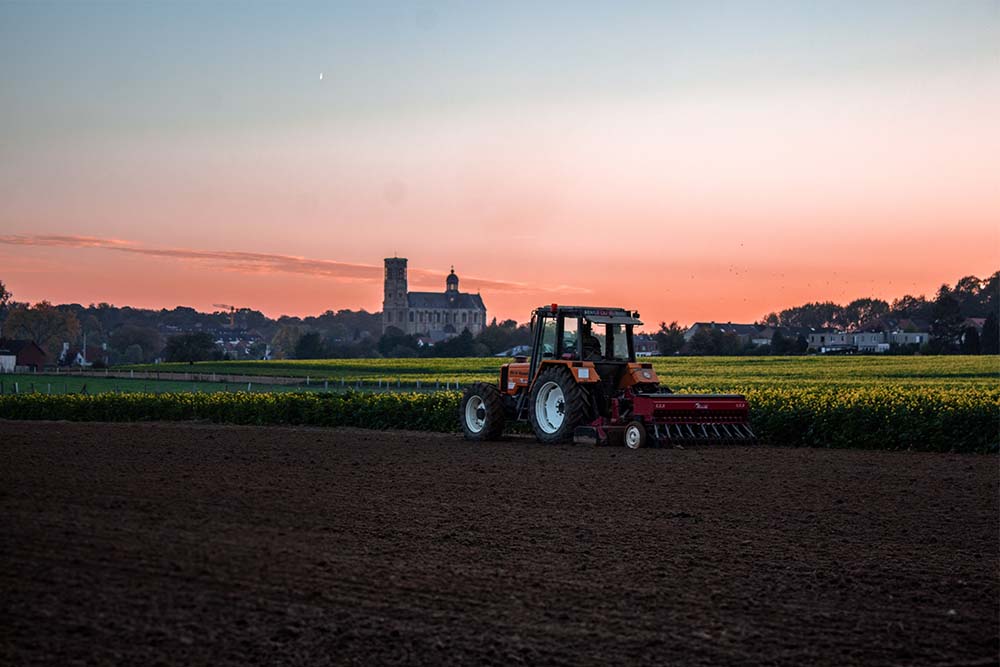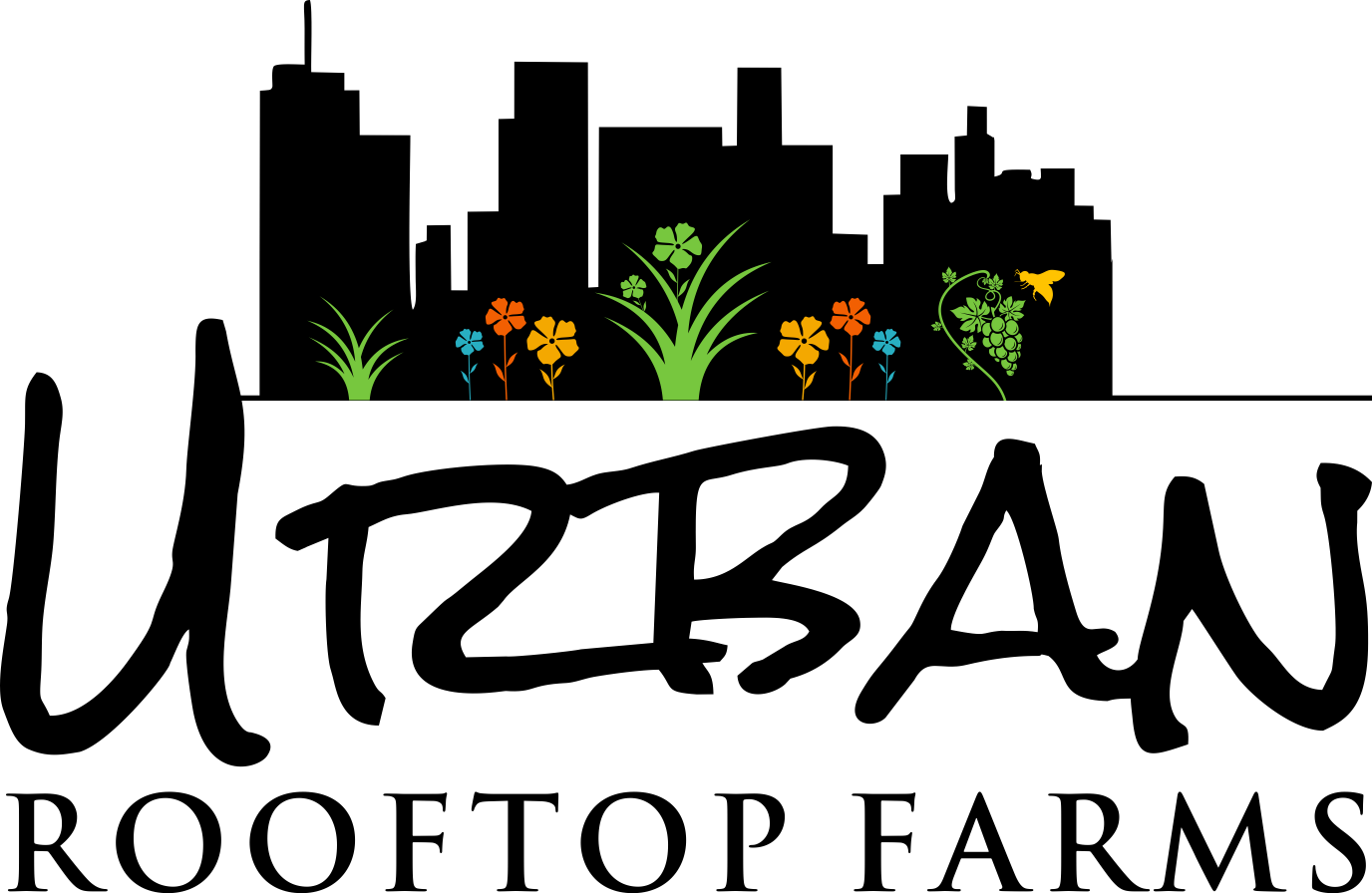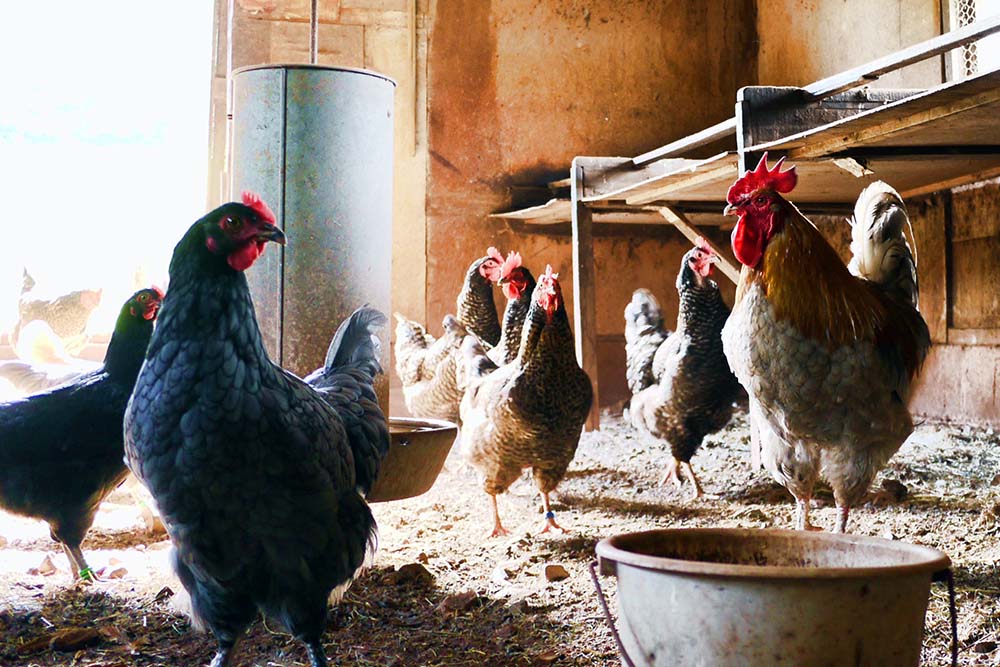Many people fail to realize just how complex the food industry is.
No longer is the food found at your local supermarket grown locally and obtained seasonally – instead, it is sourced from all corners of the globe.
Similarly, here in the USA only a small portion of the food we produce actually ends up on our tables for breakfast, lunch, or dinner. In fact, the vast majority is exported overseas for processing.
Which may not be the best thing.
How much of the US food supply is being sent overseas?

The USA is the largest exporter of food in the world.
In fact, in 2018 alone, US agricultural exports were valued at a whopping 140 billion dollars. Within this, about 50% of these exports come from horticultural foods, about 20% from meat and poultry, and the remaining 30% from a combination of grains and feed, and oil.
Where is all this food going?
Canada are the largest market for US agricultural exports, followed by Mexico, the European Union, Japan, and then China.
It is important to note that before 2018, China had been either the largest or second largest market for US produced agricultural goods since 2008. However, a steep decline was observed in response to trade disputes between the USA and China in 2017 and 2018.
Interestingly, some of the food that is exported makes it back to the USA – albeit in a rather roundabout way.
See, in general, food processing costs are much cheaper overseas than they are here in the USA. But the food quality is much better.
As a result, since 2013 we have seen a marked increase in the amount of chicken exported to China, where it is then processed various meat based products, before being shipped back to the USA for consumption.
This ultimately ensures that we have the best food available, but at the cheapest cost possible.
The same happens for seafood, where it is estimated that about 80% of the seafood we consume has been caught in America but processed overseas.
But interestingly, there is a little more to this story.
Why does this occur?
I have outlined the main reason why this unique situation occurs – but a little more exploration is required.
The safety of Chinese poultry has long been a concern due to their frequent outbreaks of avian flu, reports of contamination by bacteria and viruses, and additives during the production and packaging process.
However, over time, this led to a huge trade imbalance where the USA were sending a lot to china and taking very little in return – and China were unhappy with this arrangement.
To balance the trade agreement between the USA and China, it was established that the US would receive Chinese poultry products under the condition that the poultry used was sourced from low risk areas – like the USA for example.
This not only allowed for more balanced trade between the two countries, but also a reduction in processing costs.
A win-win, right?
Well maybe not…
China owned farms in the US
In 2013, after the initial trade agreement was met, one of the largest meat production companies in the US, Smithfield Foods, were purchased by china buyers for a price of 4.72 billion dollars – the largest Chinese acquisition of American company to date.
Smithfield Foods own a whopping 500 farms here in the USA, with another 2000 around the world.
Which ultimately means they export a heap of meat.
And a large portion of this goes straight to China for processing, after which it is sold to US consumers – so I ask, is this really a win-win?
Are there any health risks with sending food overseas for processing?
It is also important to note that while at face value we might be ensuring the safety of our food by only allowing high quality poultry to enter Chinese processing plants, there are some concerns that require attention.
See, while processed food is generally consider safer because the chicken is cooked, it needs to be cooked properly.
Consequently, if the meat is not cooked properly, or if there is some type of cross-contamination (if raw chicken or feathers encounter the cooked product or packaging material, for example), then health risks ensue.
To make matters worse, there are currently no USDA inspectors stationed in Chinese poultry processing facilities to verify that the products are coming from ‘approved’ sources.
Oh, and I should note that because the poultry is processed, no Country of Origin label is required, leaving you completely in the dark as to where the food really came from.
So, yes, there are still some concerns with overseas processing.
How much of our food is imported from other countries?
OK, so enough about exports – what about imports?
Well, approximately 53% of all fruits eaten by Americans in 2016 was obtained from overseas. This was in conjunction with about 30% of all the vegetables eaten, and around 10% of the meat.
In short, it demonstrates that despite having an abundance of meat here in America, we are heavily reliant on other countries for our fruits and vegetables – which may not be a good thing when we consider that these foods are integral to a healthy diet.
What effect does this have on food security?
In general, importing food is a decent idea. I mean, it ultimately ensures that we have a wide variety of nutritious fruits and vegetables available for consumption year round.
It also means that our food security is not impacted by any specific US weather conditions that may arise (such as droughts, or torrential rains).
However, given the current COVID-19 situation, a different issue has been brought to light.
Namely the fact that with everything shutting down, we simply may not be able to get enough food into the country to support our population.
It is important to note that under current circumstances, the USA produces enough meat, eggs, and dairy to meet the population demand. We also currently have enough wheat and grain stocked up to support the population for more than a year.
But, as I have already alluded to, this is not the case for everything.
When it comes to fruits and vegetables, significant supply disruptions in source countries could potentially lead to shortages across the country, associated with a huge inflation in prices.
While this is only likely to occur if the coronavirus situation continues for months on end, it does need to be considered.
Importance of bringing growing and processing back to the US

Hopefully some of the information presented in this article highlights why it is so important to bring food production and processing home again.
Not only will it ensure that quality of our food remains high, but also that we do not face shortages in times of uncertainty. Importantly, keeping these processes local helps create jobs and ensures the stability of the economy.
I mean, do you need another reason.
Now, you might be wondering how we can build resilience in our food supply.
And in my opinion, it comes down to the population taking the intuitive.
This means more local farms. It means urban rooftop gardens. It means people like you and me taking the plunge and creating food for our community. Importantly, it also means taking the initiative and supporting local food produces – irrespective of the extra cost associated.
Over time, this will grow (pun intended) into something great and unstoppable.
That is how we build resilience and food security on a national level.
Take Home Message
The import and export of agricultural products was once seen as a way to ensure food supply and enhance the safety of the economy – but it has become apparent that our over-reliance on imported foods may actually lead to food insecurity in the US.
This means that we need to bring back local farming, agriculture, and meat processing, to ensure the health and safety of our national community for years to come.
And it starts with you.



Add Comment